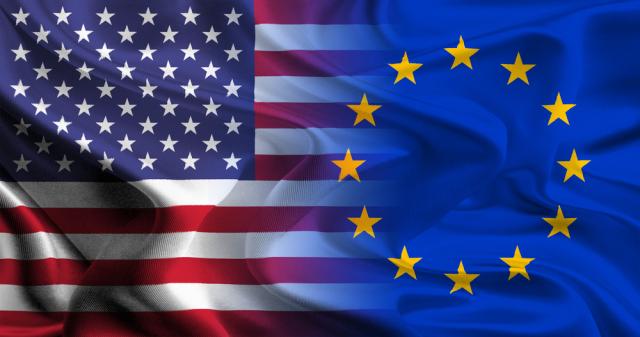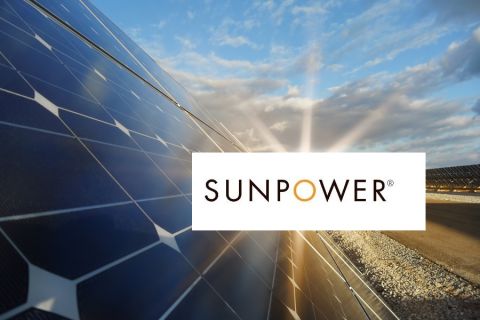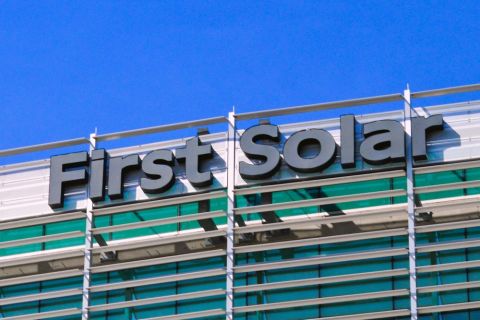
The American Petroleum Institute and International Association of Oil & Gas Producers are calling for the removal of trade barriers to further increase the flow of U.S. LNG into Europe. (Source: Shutterstock)
U.S. exports of LNG to the EU have increased by 272% since the two parties agreed in July 2018 to expand LNG trade. Shipments of U.S. LNG to the EU subsequently reached a record high of 1.4 billion cubic meters in March.
As impressive as these figures are, there is still room for future growth in this trade relationship, according to a position paper released by the American Petroleum Institute (API) and the International Association of Oil & Gas Producers (IOGP). The paper calls for the removal of various trade barriers to further increase the flow of U.S. LNG into Europe.
In total, API and IOGP suggest removing seven barriers to improve the sale of American LNG to member states of the EU. The paper calls for the U.S. Department of Energy (DOE) and the Federal Energy Regulatory Commission (FERC) to streamline the approval process for new LNG export projects by presenting clear and consistent timelines.
“For U.S. LNG export projects to be approved for construction, they must first complete a lengthy and costly FERC review process as required by the National Environmental Protection Act,” the report said. “We recommend that FERC and cooperating executive branch agencies continue to enhance their review capabilities and look for opportunities to expedite the permitting process. Notably, we believe the FERC has considerable authority to do so without requiring Congressional approval.”
Several of the streamlining suggestions presented by API and IOGP include increasing FERC staffing with new regional offices as well as utilizing third-party contractors to a greater extent to help expedite permit applications.
The paper suggested the DOE permitting process for exporting LNG to countries without a free trade agreement, which includes all countries in the EU, can be shortened. This would provide U.S. developers with a clearer path to project completion while also providing certainty for LNG customers in Europe. Such clarity would increase the likelihood of more long-term LNG export contracts to EU countries.
In addition, the report notes that streamlined permitting processes would help midstream operators develop necessary infrastructure to support the continued growth of oil and gas exports.
“By facilitating the greater buildout of domestic pipeline infrastructure, natural gas from the U.S. can be delivered to demand centers more efficiently and at a lower cost, while also reducing volatility. This in turn will encourage greater flows of U.S. gas to other markets, including LNG to the EU,” API and IOGP said.
Renewed Focus
Several agencies like the U.S. Trade and Development Agency and the Department of Commerce have been highlighting new opportunities for U.S.-produced natural gas and LNG in China and India. However, the paper suggests they also increase their focus on working with EU member states with limited natural gas supply options.
“The efforts could include, among others, hosting reverse trade missions and technical workshops, offering business-to-business relationship building events and cooperating on project-specific pre-feasibility studies,” the report said.
Such cooperative efforts could result in European countries altering their energy policies to further utilize natural gas as a fuel and heating source, especially as an energy source that can fill in the gap for renewable sources during peak demand times.
Natural gas doesn’t need to be the primary energy source in Europe, but it can still play an important role in helping EU countries lower emissions and improve air quality. The report specifically notes the potential for natural gas to replace coal in the EU energy mix in a similar way as it did in the U.S.
The use of hydrogen to generate power has the potential to help drastically lower carbon emissions. One way that EU countries can create hydrogen from natural gas is using carbon capture technology. While this isn’t quite ready to be a major part of the energy mix yet, the paper notes its importance in the future.
Open Markets
API and IOGP also recommend continued development of the Third Energy Package to promote cross-border trade and connect various European energy markets. “Better access to the EU’s most liquid gas hubs, in the northwest of the EU, would provide EU member states with access to diverse sources of gas. Well-connected and scaled-up markets in the EU create more attractive supply opportunities for LNG exporters, including from the U.S.,” the paper said.
The EU can help to promote the increased use of natural gas by ceasing its policy of regulating natural gas retail prices and encourage various industries to use LNG and CNG in transportation sectors such as trucking and maritime shipping.
“The transport sector is the second biggest contributor to CO2 emissions in the EU—natural gas could significantly contribute to the EU’s efforts in enabling cleaner transport. Gas can also help the shipping industry meet more stringent emissions targets,” the report said. The API and IOGP noted that the shipping industry can meet strict emissions targets by increasing its utilization of LNG.
By working together on new trade and energy policies, the U.S. and EU can stabilize both their energy mix and economies. EU countries would have a steady partner that will help them reach their long-term goals to lower carbon emissions, and the U.S. will have a steady trade partner for its abundant natural gas resources.
Recommended Reading
SunPower Begins Search for New CEO
2024-02-27 - Former CEO Peter Faricy departed SunPower Corp. on Feb. 26, according to the company.
First Solar’s 14 GW of Operational Capacity to Support 30,000 Jobs by 2026
2024-02-26 - First Solar commissioned a study to analyze the economic impact of its vertically integrated solar manufacturing value chain.
enCore Energy Appoints Robert Willette as Chief Legal Officer
2024-02-01 - enCore Energy’s new chief legal officer Robert Willette has over 29 years of corporate legal experience.
Humble Midstream II, Quantum Capital Form Partnership for Infrastructure Projects
2024-01-30 - Humble Midstream II Partners and Quantum Capital Group’s partnership will promote a focus on energy transition infrastructure.
TPG Adds Lebovitz as Head of Infrastructure for Climate Investing Platform
2024-02-07 - TPG Rise Climate was launched in 2021 to make investments across asset classes in climate solutions globally.





